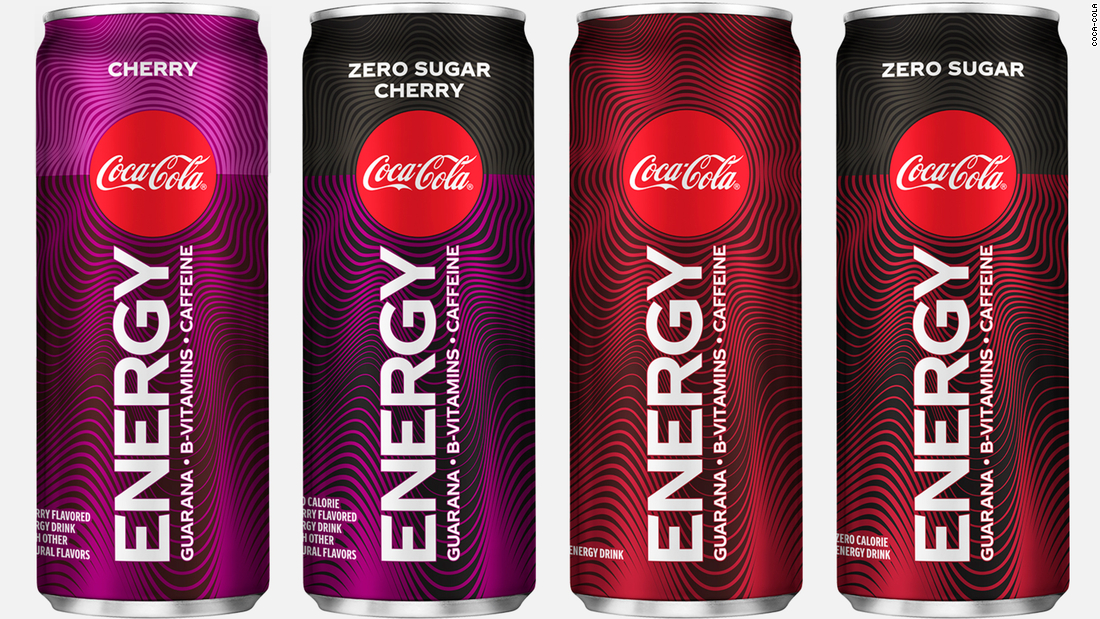In the last few decades, the energy drink market has exploded into a multibillion-dollar industry, captivating consumers around the world. Once a niche category, energy drinks are now as ubiquitous as soft drinks and bottled water, available in a dizzying array of flavors, formulations, and brands. From athletes to college students and busy professionals, energy drinks promise to deliver a quick boost of energy and alertness. But as their popularity continues to soar, questions arise about their health implications, marketing strategies, and the cultural significance of these beverages. This article delves into the world of branded energy drinks, exploring their rise, the science behind them, and the ongoing debate surrounding their consumption.
The Emergence of Energy Drinks
The origins of energy drinks can be traced back to the early 1960s with the introduction of “stimulant beverages,” but it wasn’t until the 1980s and 1990s that the industry truly began to take off. Brands like Red Bull, which was introduced in the U.S. in 1997, laid the groundwork for the modern energy drink market. Combining caffeine, taurine, and B vitamins, Red Bull marketed itself as a functional beverage designed to enhance mental and physical performance.
Following Red Bull’s success, a flood of new brands entered the market, each vying for a share of the growing consumer demand. Companies like Monster Energy, Rockstar, and 5-hour Energy emerged, each promoting unique formulations and aggressive marketing strategies. The result has been a diverse range of products that cater to various consumer preferences and lifestyles.
The Science Behind Energy Drinks
Energy drinks are often marketed as a quick and convenient way to increase energy and enhance performance. Most of these beverages contain a combination of ingredients that contribute to their stimulating effects. The key components include:
1. Caffeine
Caffeine is the most common ingredient in energy drinks, and for a good reason. It acts as a central nervous system stimulant, helping to increase alertness and reduce fatigue. The caffeine content in energy drinks can vary widely, with some brands containing as much as 500 mg per can—equivalent to several cups of coffee.
2. Taurine
Taurine is an amino acid that plays a role in several biological processes. It is often included in energy drinks, as it is believed to enhance physical performance and improve exercise capacity. However, scientific studies on taurine’s effectiveness in energy drinks remain inconclusive.
3. B Vitamins
Many energy drinks are fortified with B vitamins, which are essential for energy metabolism. While B vitamins can help convert food into energy, it’s essential to note that most individuals who consume a balanced diet get enough B vitamins from their food.
4. Sugar and Artificial Sweeteners
Energy drinks often contain high levels of sugar, contributing to their calorie content. However, some brands offer sugar-free versions that use artificial sweeteners instead. While sugar provides a quick energy boost, excessive consumption can lead to health issues, including weight gain and dental problems.
Marketing Strategies
The marketing strategies employed by energy drink brands play a crucial role in their popularity. These companies utilize a range of tactics to appeal to consumers, including:
1. Targeting Young Adults
Energy drink brands often target young adults and millennials, leveraging lifestyle marketing that emphasizes adventure, extreme sports, and socializing. By aligning their products with an active and dynamic lifestyle, these brands create a strong emotional connection with consumers.
2. Sponsorship and Events
Sponsorship of extreme sports events, music festivals, and esports competitions is a common strategy among energy drink brands. By associating themselves with thrilling experiences, they reinforce the idea that their products are essential for maintaining energy and excitement.
3. Influencer Marketing
In recent years, influencer marketing has become a vital tool for energy drink brands. Collaborating with popular athletes, fitness enthusiasts, and social media personalities helps these brands reach their target audience effectively, often leveraging the influencers’ credibility to build trust.
4. Unique Branding
Many energy drink brands utilize distinctive packaging, bold colors, and eye-catching logos to stand out on crowded store shelves. This visual appeal, combined with memorable slogans and advertising campaigns, contributes to brand loyalty and recognition.
The Cultural Impact of Energy Drinks
Energy drinks have transcended their role as mere beverages, becoming cultural phenomena. They are often associated with specific subcultures, lifestyles, and attitudes. For instance:
1. Youth Culture
Energy drinks have become ingrained in youth culture, particularly among students and young professionals seeking quick solutions for staying awake and alert. The association with late-night study sessions, parties, and social gatherings has solidified their status as popular companions for a generation that values productivity and fun.
2. Fitness and Performance
With the rise of fitness culture, energy drinks have found a niche among athletes and gym-goers. Many brands market their products as performance enhancers, promoting them as effective pre-workout drinks that provide an extra boost of energy and endurance. However, it’s crucial to consider the potential risks associated with high caffeine intake during exercise.
3. Controversies and Criticism
Despite their popularity, energy drinks have faced significant criticism and controversy. Health experts and organizations have raised concerns about the potential health risks associated with excessive consumption, particularly among young people. Reports of adverse effects, such as increased heart rate, anxiety, and sleep disturbances, have led to calls for stricter regulations.
Health Considerations
The consumption of energy drinks is not without its risks. While moderate consumption may be safe for most adults, excessive intake can lead to serious health issues. Some potential health considerations include:
1. Cardiovascular Effects
High caffeine content can lead to increased heart rate and blood pressure, raising concerns about the cardiovascular health of consumers. Individuals with preexisting heart conditions or those sensitive to caffeine may be particularly vulnerable.
2. Mental Health Concerns
Studies have linked excessive energy drink consumption to anxiety, restlessness, and sleep disturbances. The stimulating effects of caffeine can disrupt sleep patterns, leading to a cycle of fatigue and increased consumption.
3. Addiction Potential
Regular consumption of energy drinks can lead to caffeine dependence, with withdrawal symptoms such as headaches, irritability, and fatigue. This dependence can create a reliance on energy drinks to function daily.
4. Impact on Youth
The increasing popularity of energy drinks among young people raises alarms about their potential impact on health and behavior. Many health professionals advocate for age restrictions on energy drink sales, similar to those applied to alcoholic beverages.
The Future of Energy Drinks
As consumer preferences evolve and health concerns continue to rise, the energy drink industry is likely to undergo significant changes. Some potential trends to watch include:
1. Healthier Formulations
In response to growing health awareness, many brands are exploring healthier formulations, reducing sugar content, and incorporating natural ingredients. Plant-based energy sources, adaptogens, and functional ingredients may become more prevalent.
2. Transparency and Regulation
There is a growing demand for transparency in labeling and marketing, with consumers seeking more information about the ingredients and potential health effects of energy drinks. Increased regulation may also be on the horizon, with governments considering stricter guidelines for marketing these beverages, especially to young audiences.
3. Sustainability Efforts
As environmental consciousness rises, energy drink brands may focus on sustainability initiatives, from eco-friendly packaging to ethically sourced ingredients. Brands that align with consumers’ values are more likely to succeed in a competitive market.
Conclusion
The branded energy drink market has come a long way since its inception, becoming a significant player in the beverage industry. While these drinks offer a quick energy boost and are popular among various demographics, they also raise important health concerns and ethical questions surrounding marketing and consumption.
As the industry continues to evolve, it will be essential for consumers to remain informed about the potential risks and benefits associated with energy drinks. Balancing the desire for energy and alertness with a mindful approach to health will be crucial as we navigate the exciting and often turbulent world of branded energy drinks. Ultimately, understanding these products’ impact on our bodies and society will help shape a healthier future for energy consumption.










